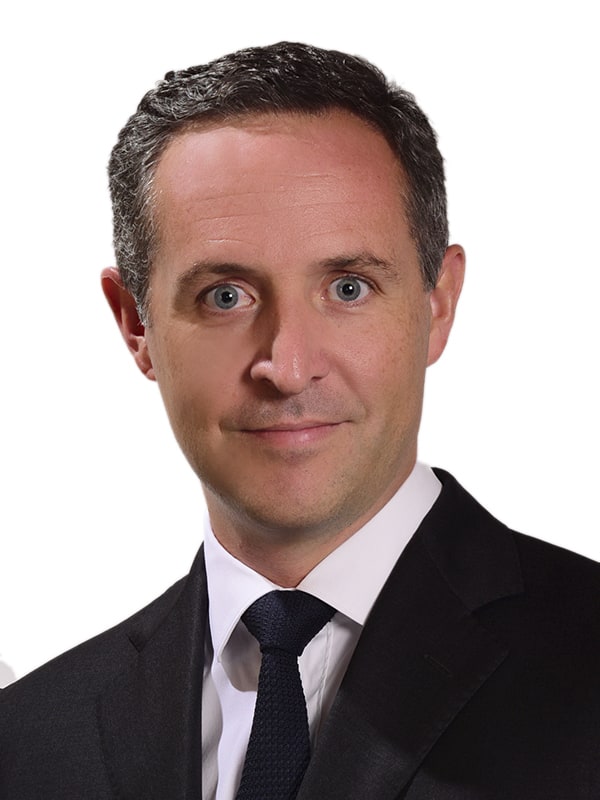Arnaud Lhoste, global head of corporate sales at Societe Generale, explains how to meet the different FX needs and risk appetites of large and small corporates.

Global Finance: How does your suite of algos match different corporate profiles and, in your opinion, are algos the best method to manage large FX risks more efficiently?
Arnaud Lhoste: We have a fairly simple but very efficient algo suite that fits most of our corporate client profiles. We have clients who look for passiveness and discretion, some who look for an average price within a timeframe and some who want to get out of a risk rapidly.
In the corporate space, we meet clients who use algos several times a day and are very experienced. They can manage their execution themselves and amend algo parameters many times during the execution. Conversely, some clients just use an algo once or twice a year.
In this environment, we think that each of our algos can fit the client needs and expectations: a TWAP (TWAP+), a passive (Nightjar), and an aggressive (Falcon). For each of them we added features to enhance the execution performance by amending the speed, stealthiness, limit price, and many other parameters. To add even more flexibility, our clients can switch from one algo type to another during the execution. On top of that, we offer key analytics and execution advisory before, during, and after the execution from our eFX sales team.
Algos are a very good tool when it comes to managing large FX risks. The first thing to understand is the client’s goals, if the client does not want to hold a risk, then there is no point going for an algo. However, if the client is ok to hold the risk for a specific period, then, this is indeed an effective tool. It offers a large range of external liquidity pools as well as our own internal pool, aiming for discretion and reduced impact.
GF: What are a corporate treasury’s best chances of counteracting extreme market volatility and decreases in liquidity?
Lhoste: A prerequisite is to have well defined and systematic hedging policy that will offset adverse FX movements. But we have seen in recent years that it is not always enough, due to some external shocks impacting FX and the client’s order books at the same time. The best example of this is Covid-19, as it hit FX markets as well as the order book in certain industries like air travel, tourism, or aircraft manufacturing. This meant our clients had to adjust their hedging program very quickly in volatile markets.
To prepare for this, we help our clients identify “wrong-way risks”, that are the worst combinations of market and business risks. When identified, we suggest adapting the hedging policy for such risks. Typically, it means adjusting the hedging ratio, the maturity of the hedging program or using more options for tail-risk protection.
GF: How do FX tools and strategies differ for both large and small corporates?
Lhoste: In terms of tools, large and small corporates have very different needs. For large corporates, the priority is to access the largest pool of liquidity. The best tool for this purpose is multi-dealer platforms. Large corporates also have many market counterparties, so they need a uniform process with all dealers to minimize operational risk.
On the other hand, smaller corporates trade lower volumes, with only a few core banks. They sometimes need more advice/market color and prefer to trade by voice or using simple single-dealer platforms that are connected to their banking accounts. FX strategies are quite similar, most clients now have a well-defined FX hedging policy. Smaller corporates or unlisted corporates sometimes have a bit more flexibility to use options because they are less focused on managing volatility of earnings. This means that they can accept mark-to-market impacts on hedging strategies.
GF: What additional FX services has your partnership with Kyriba brought to your corporate clients?
Lhoste: Our partnership with Kyriba is a great opportunity to offer more services to our client base, and an opportunity for Kyriba to propose their Treasury Management System (TMS) to our corporate clients. Furthermore, we have other exciting projects in our pipeline with TMS providers. Our goal is to make our clients’ lives easier, we know that corporate treasurers rely on their TMS to perform most of their daily tasks, so we need to offer more FX trading and reporting tools within TMS systems. This means improving connectivity between our trading platforms and TMS systems. We have been working on implementing these changes, which will bring innovative solutions to the market in 2023.



